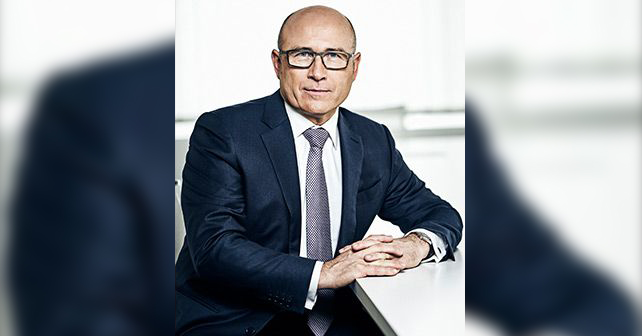
We sit down with Bernhard Maier, CEO, Skoda Auto, as he fills us in on the finer nuances of India 2.0 Project, and also talks us through Skoda India’s future plans.
How different is the India-spec MQB AO IN platform from the regular MQB AO?
I’d say that the MQB AO IN has been streamlined for the Indian market. Let me give you a couple of examples. The air conditioning, for instance, has a throughput of oxygen and the volume of air. In Europe, we need, let’s say, 200 cubic inches in an hour, but in India we need it to be 250 cubic inches in an hour to accommodate for different weather conditions here. So, we’ve engineered the system accordingly. Another thing is, in good old Europe, you need wipers that work in the range between -50 degrees and +50 degrees. But in India, it’s not like that. So, we change that stuff. Similarly, there are many other things. And, then, there are things like space. European cars usually have a prominent centre tunnel, but we’ve learnt from Indian customers that they don’t like that. And to change it is really, really difficult because you have to go quite deep into the platform, but we did that anyway.
Is the grade of steel used here different from European cars?
When we made this platform, we looked at all grades of steel that are available in India. And we made sure that we would select from only amongst those. Now, if you want to make a box in a certain manner and with certain dimensions, maybe you can do that with one grade of steel, but it’s quite possible that with the other grade, you might have to tweak the shape a little bit to ensure that the torsional stiffness of the platform remains the same.
Hatchbacks are still very popular in India. A few years ago, you had the Fabia here as well. Any plans to go back into that space in the future?
We won’t say no, but at this point in time, with our project India 2.0, we’ve clearly decided to serve the increasing number of our middle-class customers. The number of such customers is really rising, and those customers are looking for cars that are slightly bigger than 4m, similar to what we’ll offer with our India 2.0 project. Once this car is successfully launched in the market, we will have time and room to think even further. And we’ve had numerous discussions about the sub-4m segment in the last couple of months, in which we talked about the advantages of the segment. For instance, if the demand will remain stable or not. But we need predictable and reliable guidelines when it comes to the development of costs. If there is a clear, sustainable need for cars below 4 meters, and we manage to get it right with our new India 2.0 project, we can assure you that this platform is versatile enough for all kinds of formats.
Recently, the Indian market has gone through many regulatory changes. From emission norms to safety, we’re now moving towards products that are similar to what you see in Western markets. How does that work to the advantage of global carmakers like yourself?
I would say that we are already used to this because we are present in over 100 markets around the globe. And, of course, we do see different guidelines being set by the different authorities. And this is why we always ask for harmonised guidelines as much as possible. You see, as a carmaker, it’s really difficult to update products to meet what authorities are asking for in, say, two years. We don’t make smartphones – a car is a very complex industrial product. If you take a current smartphone and compare it with any modern car, you’ll be surprised to know that a car is ten times more complicated. So, to work on something as intricate, you definitely need some lead time. This also helps us align our products according to customer requirements and that of the authorities.
How would you characterize the difference between Skoda and Volkswagen cars?
Well, both brands have completely different products, even though we share platforms. And, then, there’s the brand perception – to a customer, you aren’t just selling a car! It’s like purchasing a friend, and brand values play an important part in this. We stand for value-for-money and high-quality products. We stand for spaciousness, simply clever ideas, high reliability, and, nowadays, also for a very expressive modern design language – not only in terms of a car’s exterior but also interior.
Also read - Skoda Vision IN Concept revealed
Interview with Jürgen Stackmann, Member of the Board of Management, Volkswagen Passenger Cars


















Write your Comment